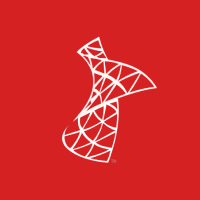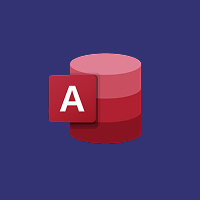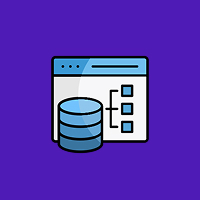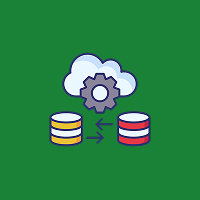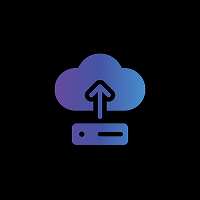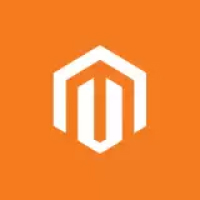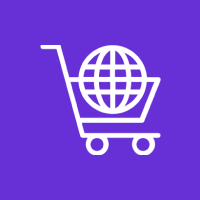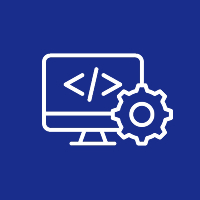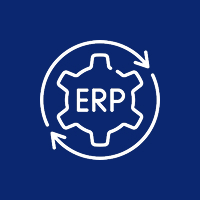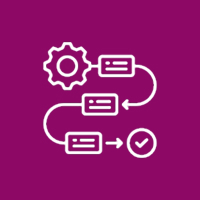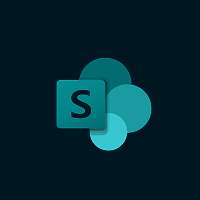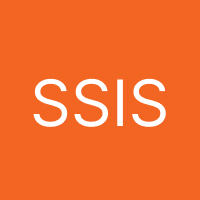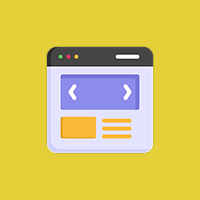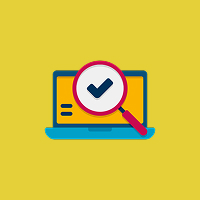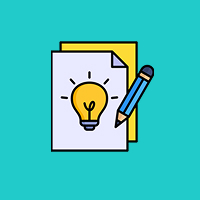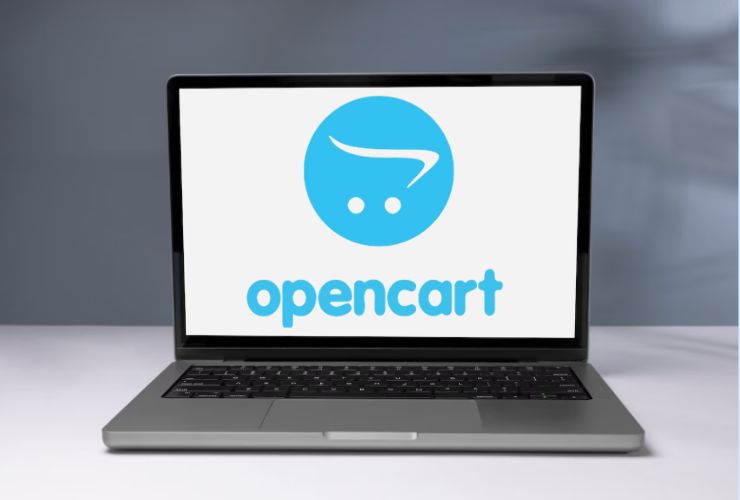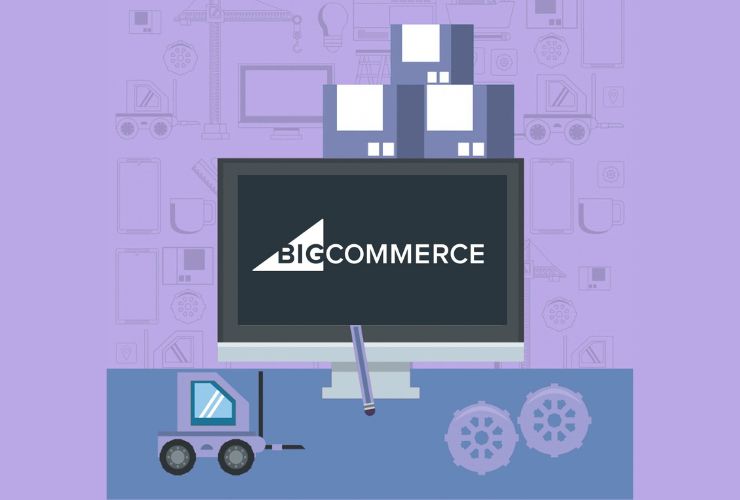Planning to launch an eCommerce store using OpenCart? One of the first, and most important, decisions to make, is what OpenCart theme is best for you and your store. That is because a theme is somewhat synonymous with design, but it also governs how your store operates; user experience, SEO, and the entire shopping experience all fall into how your theme is designed and determined.
In this article we will guide you to selecting the right OpenCart theme for your business and how to make it your own to include your brand identity and functionality.
Why OpenCart Theme Matters
A great theme actually does more than simply look good. The theme dictates how your users will experience your store. If you choose poorly, or select a theme that has not been properly optimized, your site could be slow to load (load time is invaluable to ecommerce), your users could become confused when navigating through the site, and worst of all, you could see your conversion rates drop.
Here is how well-chosen OpenCart theme supports:
- User Experience (UX): This means quality, intuitive navigation with proper links, so users want to explore and purchase during the process.
- Mobile Responsive: Your store must work on all screen sizes, especially mobile.
- Performance: Lightweight opens are faster, which translates to happier users and lower bounce rates.
- SEO Optimized: All good content is structured and cleanly coded, so search engines crawl and rank your site accordingly.
- Conversion Rate: Pay close attention to the placement of your buttons, banners and layout to encourage where you want users to click and ultimately purchase.
Considerations for Choosing the Right OpenCart Template
There are several things to consider before choosing a template:
1. Brand Consistent Design
Your template should represent every aspect of your brand, from fonts and layout to colors. These elements all work together to create a cohesive experience for customers, building trust and making your store memorable.
2. Mobile First and Responsive
As mobile traffic accounts for almost 60% of Internet traffic, your template should be able to fluidly accommodate any screen size, including phones, tablets, and desktop computers.
3. Speed and Optimization
Avoid templates that have too much in-built animation or that have many heavy scripts. Look for templates that are optimized for performance, since that improves both your SEO and your customer’s experience.
4. Browser Compatibility
Check that your template looks and functions correctly on all major browsers, including Chrome, FireFox, Safari, and Microsoft Edge.
5. Extension / Module Compatibility
Not every template supports every OpenCart extension or plugin. Make sure what extensions are integrated with your must-have add-ons like—payment systems, sliders and checkout plugins.
6. Developer support & Updates
Ideally, a quality template will include bug fixes, updates, and end user support, especially if they are in your price range. Also, community reviews could help in your final decision-making process.
Where to Find Quality OpenCart Themes
You can check many places for quality OpenCart themes –
- OpenCart Marketplace: Official themes will have been reviewed and tested by every OpenCart customer.
- ThemeForest: The most extensive library of premium themes with demos and ratings.
- TemplateMonster: Professional and editable themes with lifetime support.
- TMD Themes / Journal Theme: Trusted sources that offer advanced customization features along with comprehensive documentation.
How to Customize Your OpenCart Theme
You have found a theme that fits your brand, and now it’s time to modify and make it your own.
1. Build Out the Theme Editor
Most premium OpenCart themes come with builder and preview editors. Also called “drag and drop builders” you can modify layout, font choices or custom headers, footers and colours.
2. Edit Your CSS and HTML
After you’ve completed the basic layout etc. of the theme you can go into the custom CSS, and if you need to change the .tpl or .twig files, depending on your OpenCart version, you can edit the layout directly.
3. Add Custom Modules
Add modules such as sliders, featured product blocks, newsletter pop ups, banners, etc. These modules can add function and engagement on your website.
4. Install a Child Theme (If Available)
Use a child theme to avoid losing your modifications when the parent theme is updated.
Best Practices for Altering a Theme
Changing your OpenCart theme will require caution. Here are some best practices to consider:
- Backup Prior to Making Changes: It is good practice to backup your files and database before making any changes.
- Test in a Staging Version: Use a staging version of your website to test out changes before going live.
- Optimizing All Assets: You will want to compress images, scripts, etc., for better speed and performance.
- Abide by Accessibility Standards: Make sure your site is working for someone with disabilities.
- Image Consistency: Make sure you utilize similar design elements across pages, as it will provide a more professional appearance.
More Advanced Best Practices to Leverage Your Theme
- Schema Markup: This can help search engines better understand your products, reviews, and categories.
- A/B Testing: This allows you to test button placements, banners, and templates, which you can use to optimize conversions.
- Implement Google Analytics & Tag Manager: This will provide you insights into how visitors are interacting with your theme and its features.
- Improve Checkout User Experience: Use the theme settings and/or modules to improve the checkout process and reduce cart abandonment rates.
Conclusion: Create a Store that Represents Your Brand
Your OpenCart theme is the image of your ecommerce store. Selecting the best theme and customizing it with your brand in mind will distinguish you from others in the online arena. A theme isn’t simply a skin – it affects usability, performance, SEO and conversions, making it a key component of your overall ecommerce strategy.
Need Help with OpenCart Theme Customization?
E Edge Technology specializes in OpenCart design, development and customization. Whether you are building a store from scratch, or the optimizing an existing store, we can:
- Help you select a theme.
- Customize the layout and branding.
- Integrate modules.
- Optimize for performance and SEO.








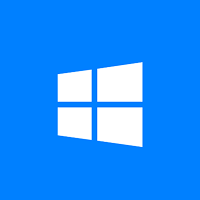
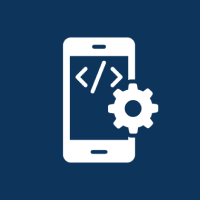
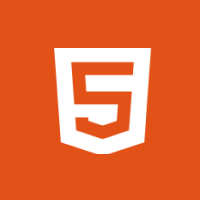


 Database Development
Database Development